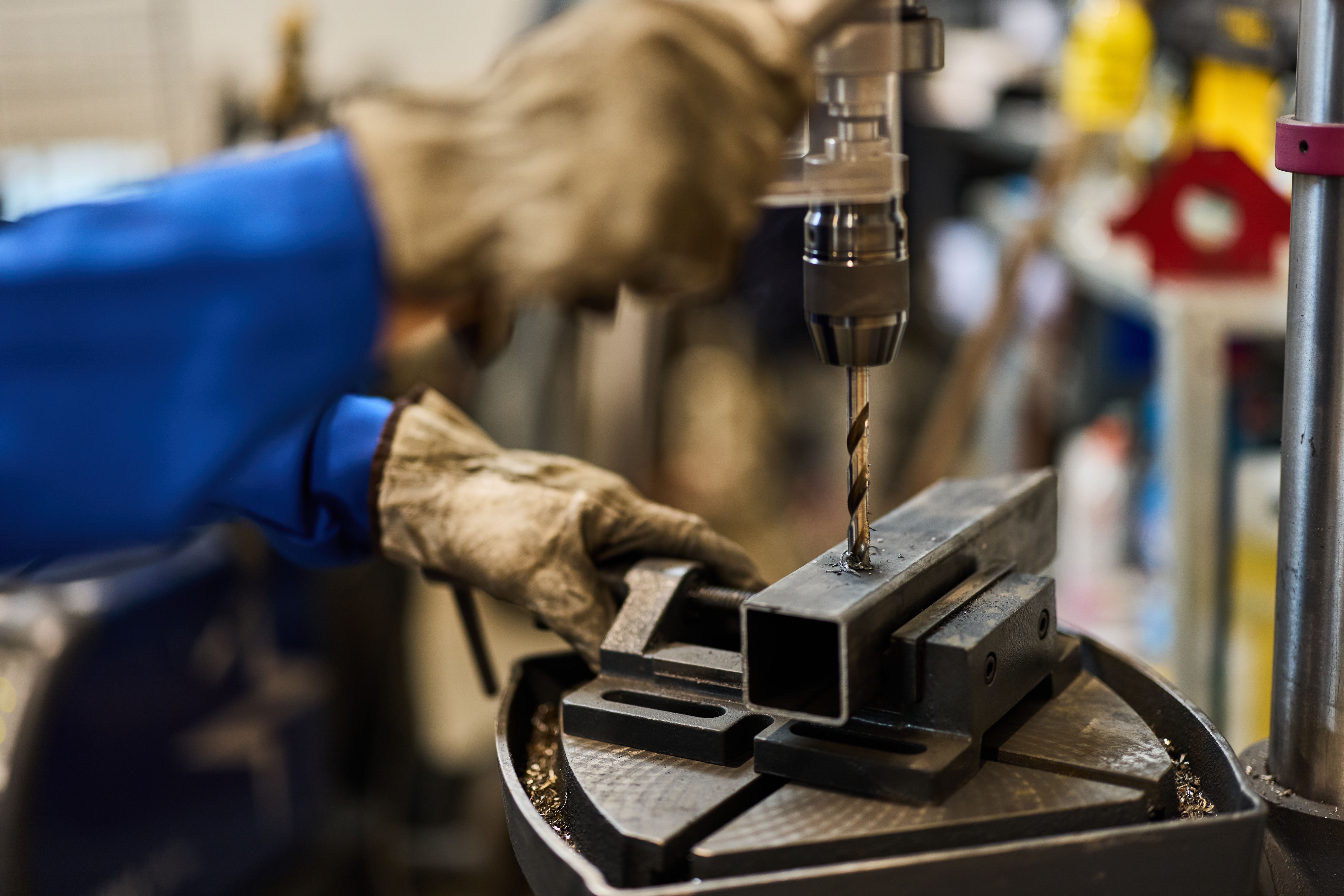Understanding Magnet Drills: A Comprehensive Guide
What Are Magnet Drills?
Magnet drills, also known as magnetic base drills, are specialized tools designed for drilling precise holes in metal. These power tools utilize an electromagnetic base to clamp onto the metal surface, providing stability and accuracy. They are essential in various industries such as construction, manufacturing, and engineering, where precision and efficiency are paramount.
Unlike traditional drills, magnet drills offer both portability and power, making them ideal for working on-site or in confined spaces. Their ability to adhere securely to metal surfaces allows for precise and consistent drilling, reducing the risk of errors and material wastage.

Components of a Magnet Drill
Understanding the components of a magnet drill is crucial for efficient use. The key components include:
- Electromagnetic Base: This is the defining feature of a magnet drill. It provides the magnetic adhesion necessary to stabilize the drill on metal surfaces.
- Motor: The motor powers the drill bit, and its power can vary depending on the model and intended use.
- Drill Bit: Magnet drills commonly use annular cutters, which are hollow and designed for creating precise holes.
- Control Panel: This includes power switches and speed controls to adjust the drilling process as needed.
Each component plays a vital role in ensuring the drill performs optimally, so understanding their function can help in selecting the right drill for your needs.
Advantages of Using Magnet Drills
Magnet drills offer several advantages over traditional drilling methods. First and foremost, their design allows for increased accuracy and stability. The electromagnetic base ensures that the drill remains securely in place during operation, even in vertical or overhead positions.

Additionally, magnet drills are highly portable. Unlike stationary drill presses, they can be easily transported to different job sites or locations within a workspace. This mobility makes them invaluable for fieldwork or projects that require drilling in hard-to-reach places.
Efficiency and Speed
The efficiency of magnet drills is another significant advantage. They are specifically designed to cut through metal quickly and cleanly, reducing the time spent on each hole. This efficiency translates to faster project completion times, which can be a critical factor in commercial and industrial settings.
Applications of Magnet Drills
Magnet drills are incredibly versatile and can be used in various applications. They are commonly employed in steel fabrication, bridge construction, and shipbuilding. In these industries, the ability to drill precise holes in thick metal is crucial for ensuring structural integrity.

They are also used for maintenance and repair work, where their portability allows workers to address issues on-site without dismantling heavy structures. This capability can significantly reduce downtime and associated costs.
Safety Considerations
As with any power tool, safety is paramount when operating a magnet drill. Operators should always wear appropriate personal protective equipment (PPE), including safety goggles and gloves. Ensuring the work surface is clean and free from debris before starting can prevent accidents and ensure optimal adhesion of the magnetic base.
Understanding how to properly set up and use the tool is essential for both safety and performance. Regular maintenance checks should be performed to ensure the reliability of all components, particularly the electromagnetic base.
Conclusion
In conclusion, magnet drills are powerful tools that offer precision, portability, and efficiency for drilling in metal surfaces. Understanding their components, advantages, applications, and safety considerations can help you choose the right tool for your specific needs and ensure successful project outcomes.
Whether you're involved in construction, manufacturing, or maintenance, a magnet drill can be an invaluable asset that enhances productivity and accuracy in your work.